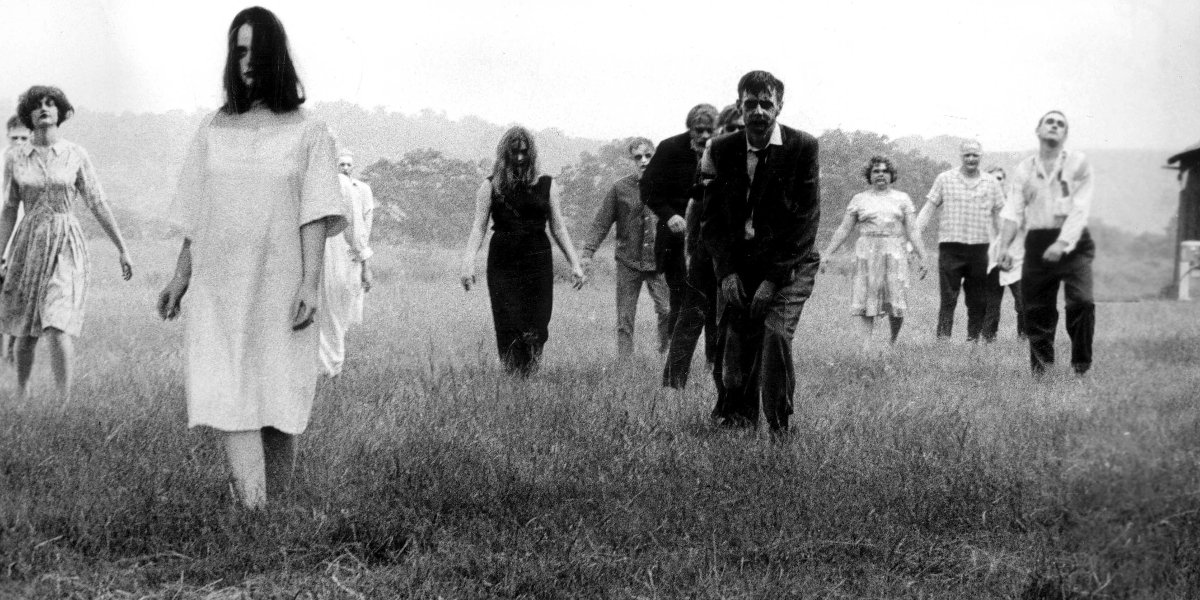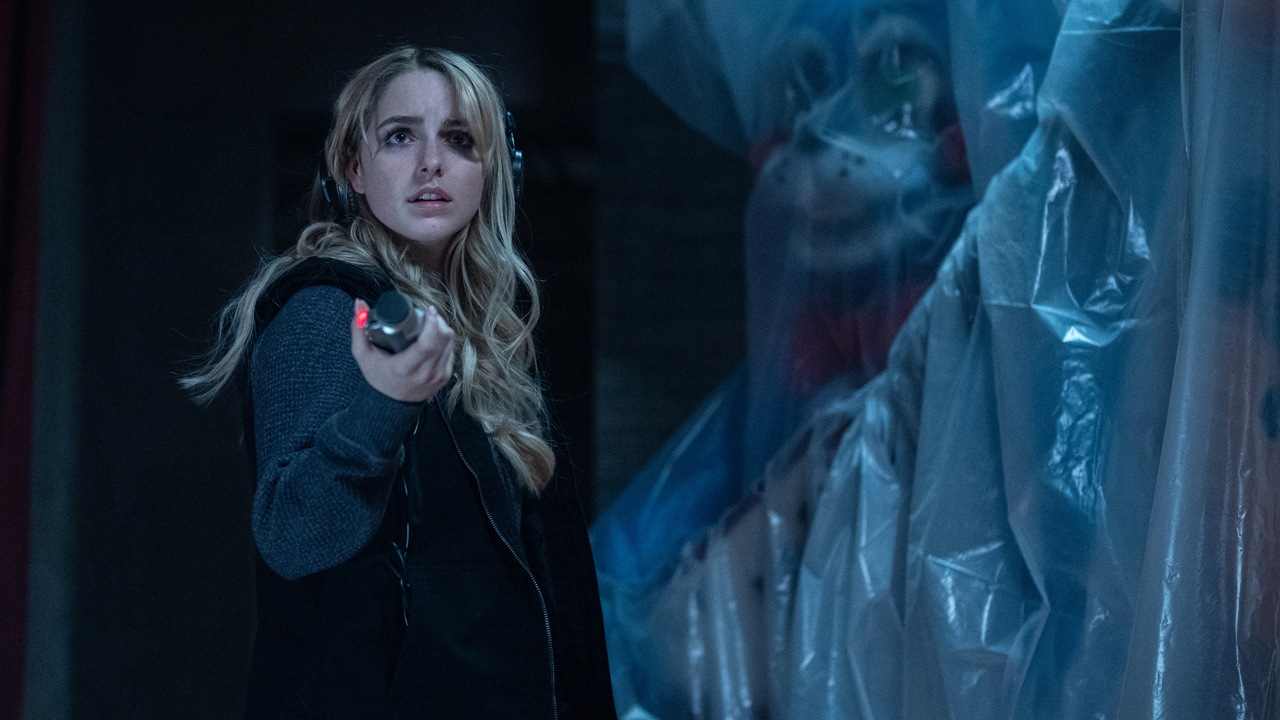Night Of The Living Dead: 10 Behind-The-Scenes Facts About The George Romero Horror Movie
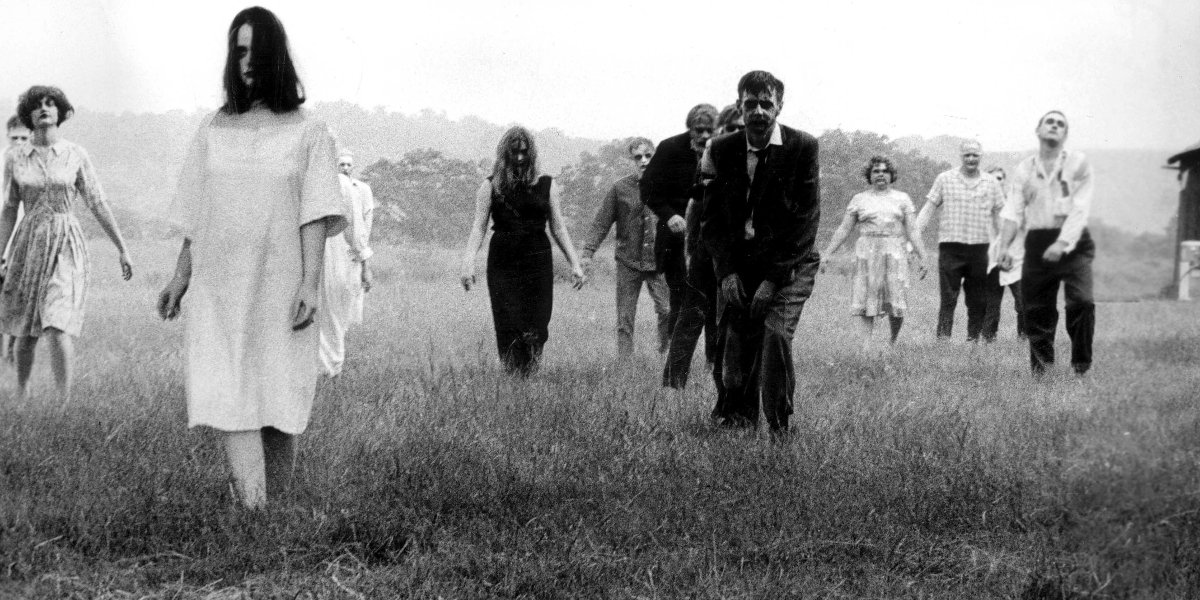
There are few movies that have had as much of an impact on audiences and the horror genre in general than George A. Romero’s Night of the Living Dead. Since its release in the fall of 1968, the black-and-white zombie classic has gone down as one of the most consequential horror movies for a myriad of reasons. But, as fascinating as those reasons may be, one of the most remarkable aspects of Romero’s first feature film is how it all came together and how a community of filmmakers, actors, and artists worked tirelessly to make a landmark moment in cinema with a shoestring budget and a lot of ingenuity.
We’ve covered the making of Dawn of the Dead and Day of The Dead’s production in the past, but now it’s time to go back to where it all started with these Night of the Living Dead behind-the-scenes facts…

George A. Romero Started Shooting Night Of The Living Dead Before He Secured The Full $114,000 Budget
Throughout his career, George A. Romero proved time and time again that he didn’t need a massive budget to pull off his vision, but he took it to the extreme with Night of the Living Dead. By the time production wrapped on Romero's directorial debut, the film’s budget ended up being approximately $114,000, per Variety, but when the “Godfather of the Zombie Movie” initially started filming, he had around $6,000.
In a Vice interview a few years before his passing in 2017, Romero explained that he started filming with the initial capital from Image Ten (the film’s production company) and would then show the completed scenes to investors who would donate a few thousand dollars here and there. By the time Image Ten had pulled in enough investors, they had $114,000, which would be $872,000 today.
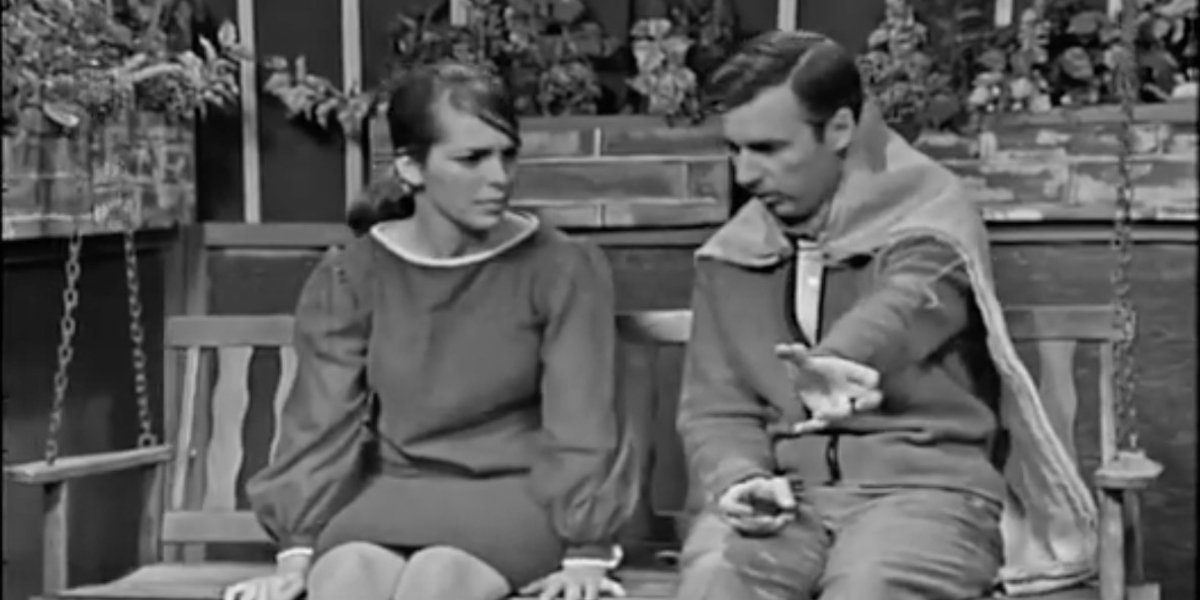
George A. Romero Wanted Betty Aberlin From Mr. Rogers’ Neighborhood, But The Children’s Show Host Said No
Prior to becoming one of the leading voices in the horror world, George A. Romero got his start working in television, specifically, on perhaps the most iconic show to come out of his native Pittsburgh, Pennsylvania — Mr. Rogers Neighborhood. Before he was making moviegoers jump out of their seats in fear, Romero began by working on video shoots in the Steel City, which led to him making a short for Fred Rogers on an episode of his famous WQED children’s program in the 1960s.
During a 2014 interview with The Montreal Gazette (via CinemaBlend), George. A. Romero revealed that while Fred Rogers would later become a fan of Night of the Living Dead, he did not allow Mr. Rogers’ Neighborhood star Betty Aberlin to take on the role of Barbara in Romero’s horror classic, putting his foot down when the aspiring filmmaker asked.
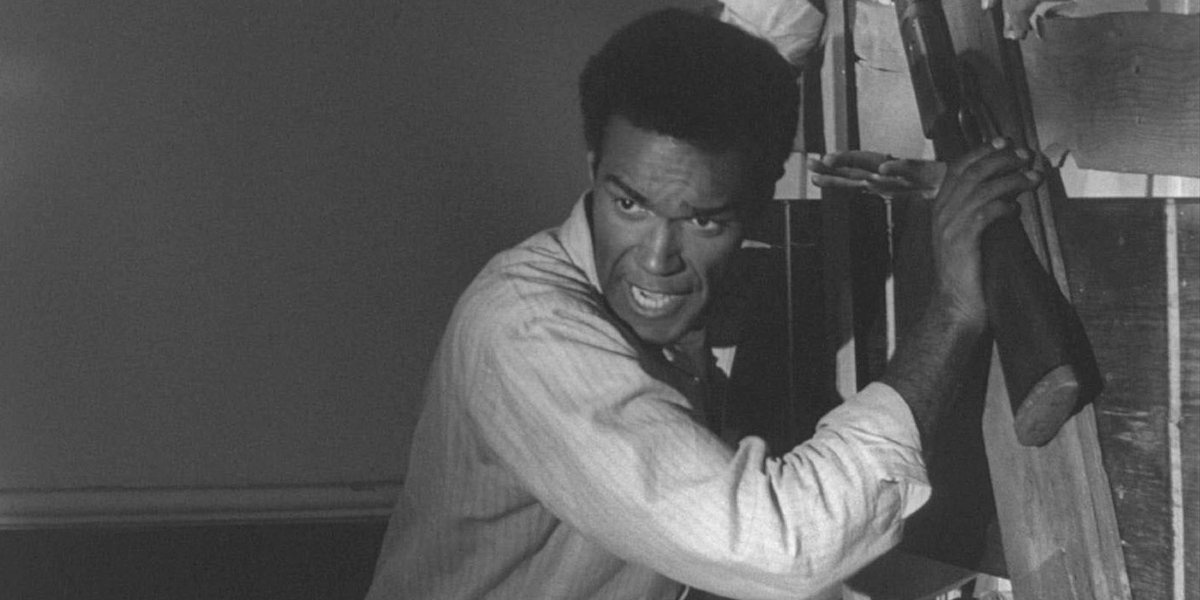
George A. Romero Originally Didn’t Intend On Making Night Of The Living Dead About Race
With Night of the Living Dead, George A. Romero kicked off a long line of zombie movies with social commentary that had just as much of a bite as the zombies on screen. This, however, wasn’t always the case for Romero, especially when it came to the topic of race in his directorial debut.
Your Daily Blend of Entertainment News
In a 2016 interview with The Hollywood Reporter, Romero was asked about the final scene in the movie in which Ben (Duane Jones), a black man, is killed by police after surviving the hordes of ghouls, and if the film and its ending were still relevant in today’s society. Romero responded by pointing out that the character was never written to be a Black man and that the idea of a Black hero just came out on its own, saying:
We didn’t cast Duane [Jones] because he was black. We cast him because he was the best actor. He actually changed some of the dialogue because when John [Russo] and I wrote the script, we wrote the [role] as an uneducated truck driver and Duane didn’t want anything to do with that. He wanted the character to be ‘respectable.’ … Those were the only things he changed. There’s nothing in the film that points to race. You have to interpret that into it.
Later on in the interview, George A. Romero revealed that he it wasn’t until he heard the news of Martin Luther King Jr.’s assassination while driving to show off the film to a distributor in New York that he realized Night of the Living Dead had become a movie about race.
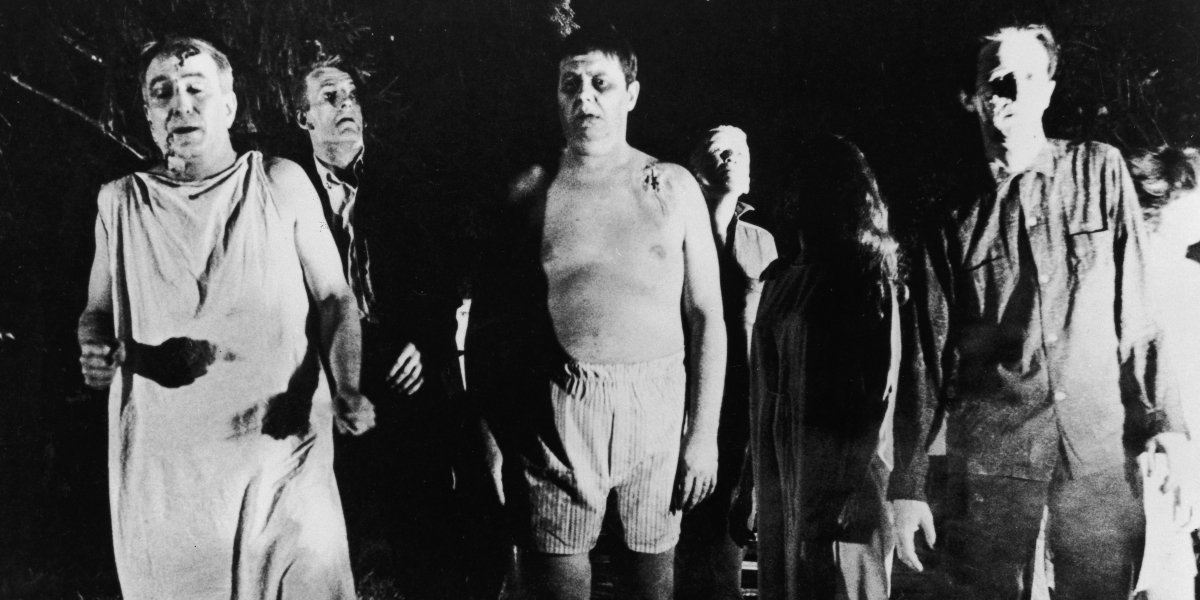
George A. Romero Considered Shooting In Color But Felt Black-And-White Made Night Of The Living Dead More Gruesome
Night of the Living Dead has gone on to become one of the all-time great black-and-white horror films, but there was a point about a week into production where George A. Romero and the other producers contemplated switching over to color film and reshooting everything up to that point.
Eventually, however, Romero decided that sticking with the original black-and-white 33 millimeter stock for the movie would be the best way to go, as it made everything looked more brutal and gruesome. During a panel at the 2017 Toronto International Film Festival, Romero pointed to On The Waterfront and news broadcasts (which were still in black-and-white in the 1960s) for the way the lack of color made things look more real.
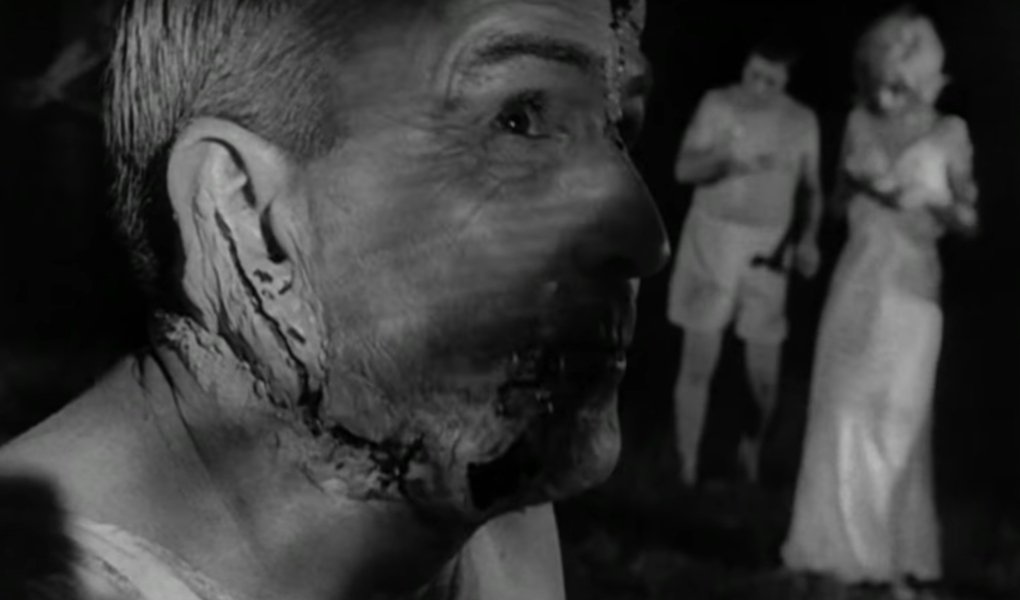
Chocolate Syrup And Roasted Ham Was Used For Night Of The Living Dead’s Gore
Because Night of the Living Dead was shot in black-and-white, George A. Romero was able to find some inventive ways to pull off the films', at times, terrifying gore. Instead of using fake blood like he would in Dawn of the Dead and Day of the Dead, Romero used Bosco Chocolate Syrup, according to the Pittsburgh Post-Gazette. And all those hunks of meat that the zombies are seen chowing down on in the final assault on the farmhouse? Well, those were pieces of roasted ham donated to the production by a local butcher.
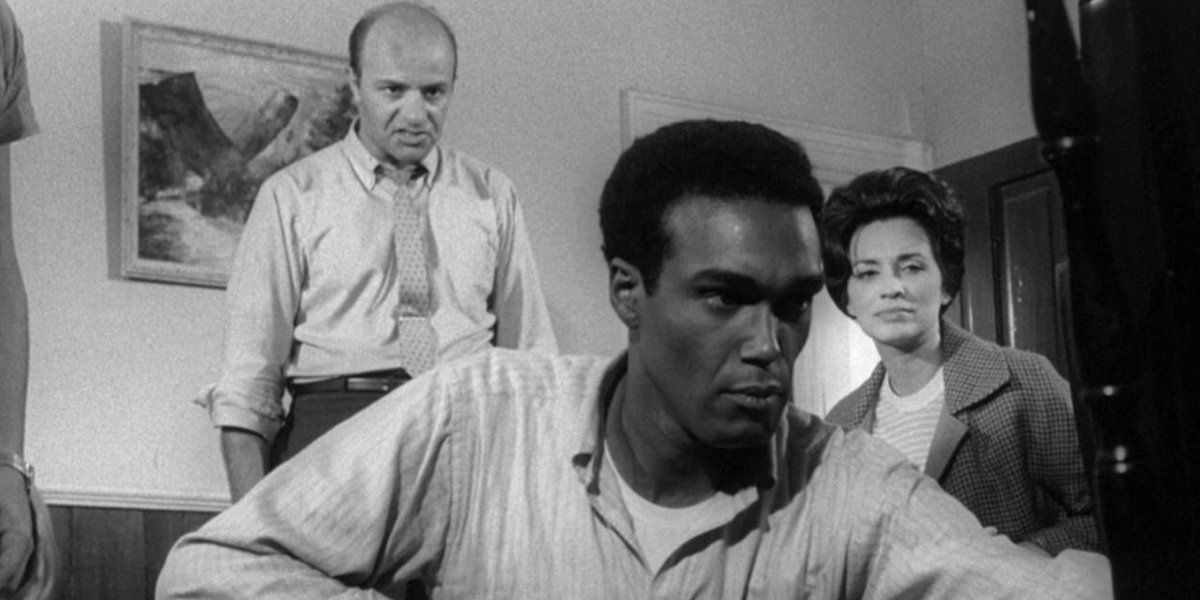
George A. Romero And Other Members Of The Crew Lived In The Night Of The Living Dead Farmhouse During Production
Most of the action in Night of the Living Dead takes place in the abandoned farmhouse that quickly becomes the go-to destination for survivors and the undead alike. This wasn’t a prop built on some Hollywood backlot, but instead an actual farmhouse located in the outskirts of Pittsburgh, Pennsylvania, that was used as the base of operations (and resting) for George A. Romero and other members of the crew. During an interview with the American Film Institute, Romero revealed that six or seven members of the crew actually slept in the house throughout the film’s production.
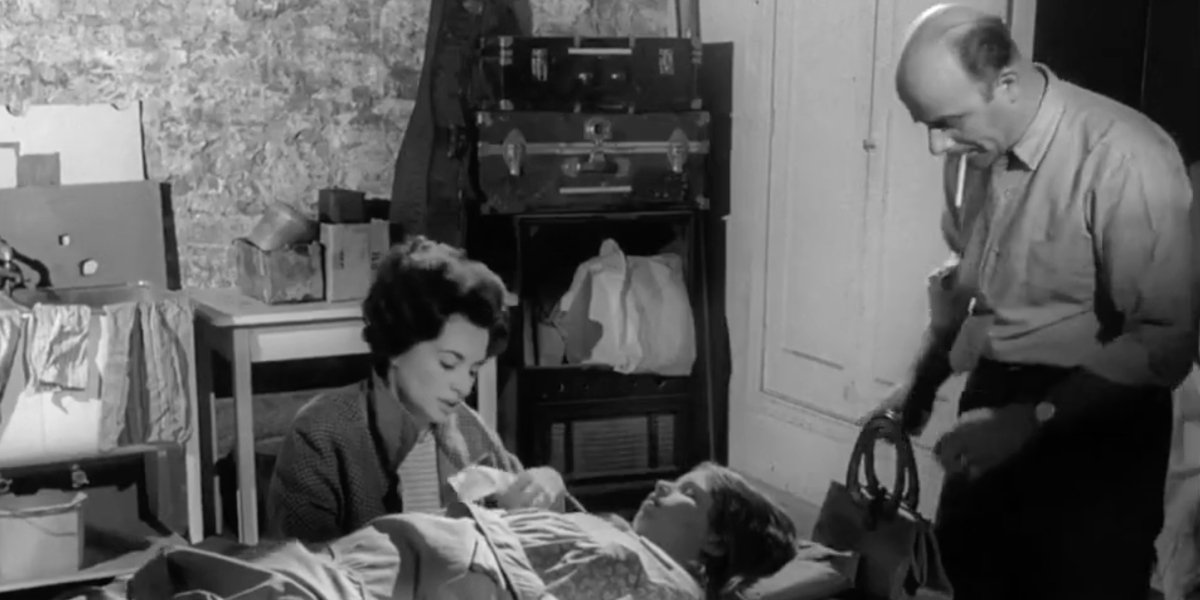
Several Members Of The Night Of The Living Dead Cast Had Behind-The-Scenes Jobs As Well
Karl Hardman and Marilyn Eastman played Harry and Ellen Cooper in Night of the Living Dead, but behind the scenes, the pair (like many others) took on an assortment of other roles. When speaking with Homepage of the Dead in 1997, Hardman revealed that in addition to playing the film’s racist, power-hungry antagonist, he also chose and augmented all the music used in the movie, shot all of the production stills and developed them with other members of the cast, and helped capture sound effects alongside Eastman.
On top of capturing some of the film’s more terrifying sound effects, Eastman was also in charge of all the makeup effects and wardrobe throughout the shoot.
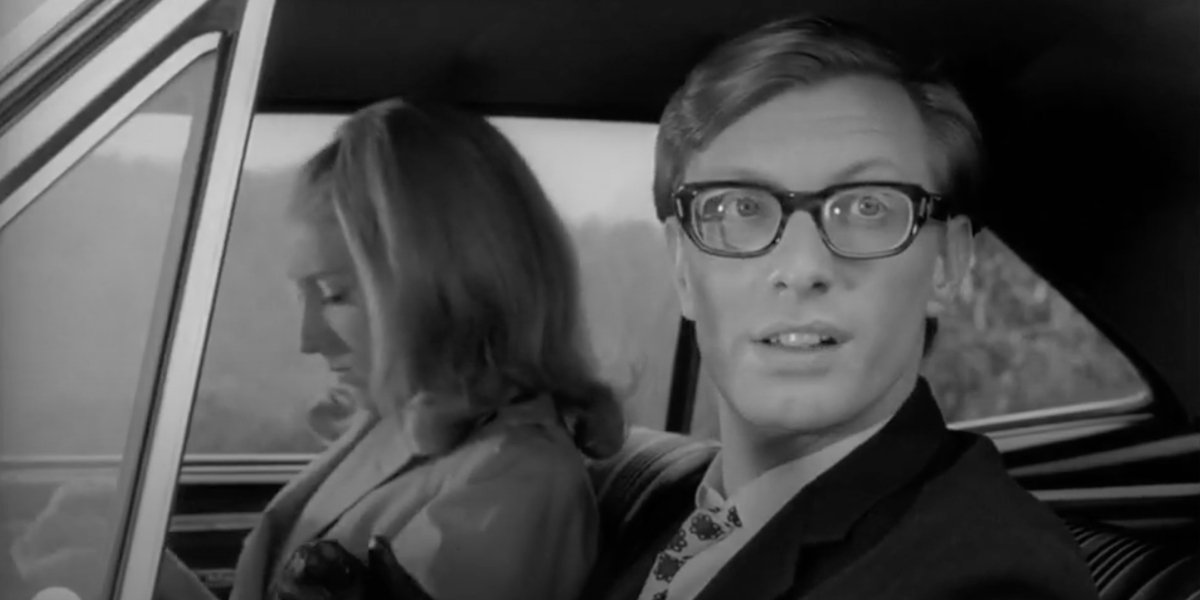
After Completing Night Of The Living Dead, George A. Romero Personally Drove The Film To Distributors In New York City
One thing to remember about Night of the Living Dead is that it was an independent production, meaning George A. Romero and Image Ten didn’t have a distributor lined up the entire time they were making the movie. According to AV Club, after Romero had a finished cut of the film, he placed a copy of it in the trunk of his car and set off to meet with various film distributors in New York City in hopes of selling his picture.
Essentially everyone he approached turned down the movie (still called Night of the Flesh Eaters at the time) except for Continental Distributing, though this would lead to a major issue with the film that would have ramifications for decades to come.
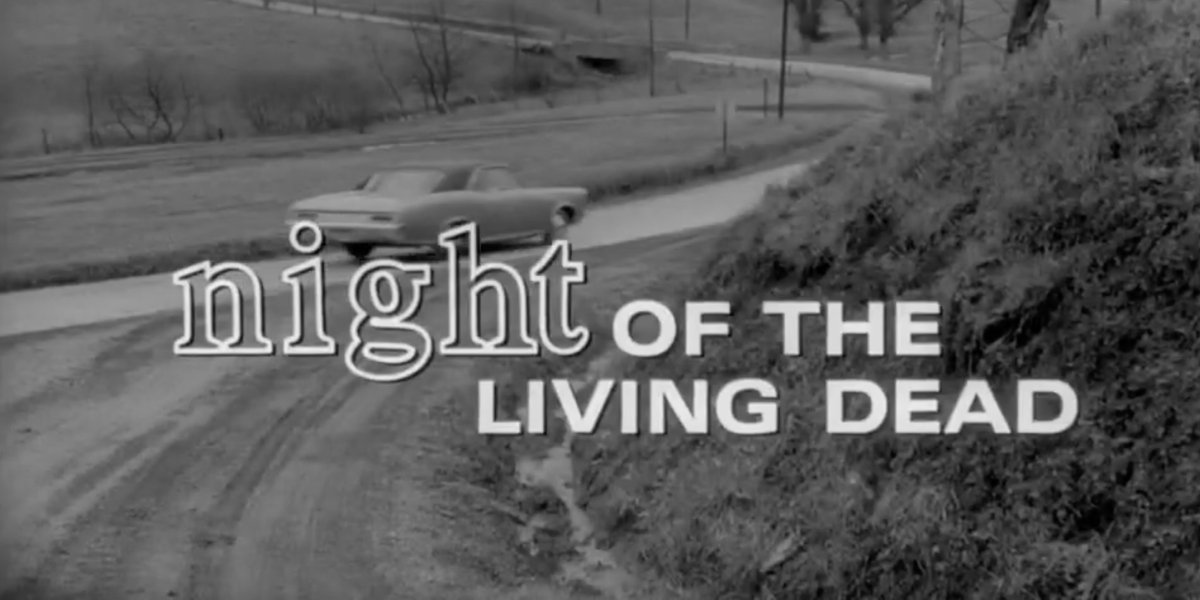
An Issue With The Night Of The Living Dead Title Card Caused The Movie To Immediately Enter The Public Domain
If you have ever gone to a movie store, book store, or even random dollar store in any given town and wondered why there are so many different versions of Night of the Living Dead out in the wild — there’s a good reason for it. Back when George A. Romero made the movie, the original title was Night of the Flesh Eaters, a name that would stick until just before it was set to be released. According to the Library of Congress, a new title card was created and added at the beginning of the movie reading Night of the Living Dead, but Continental Distributing forgot to include one small, yet important detail: the copyright notice.
When Night of the Living Dead was released it entered the public domain because of this mistake, meaning the film's producers couldn’t get a large cut of the estimated $30 million the movie has brought in, per Forbes.
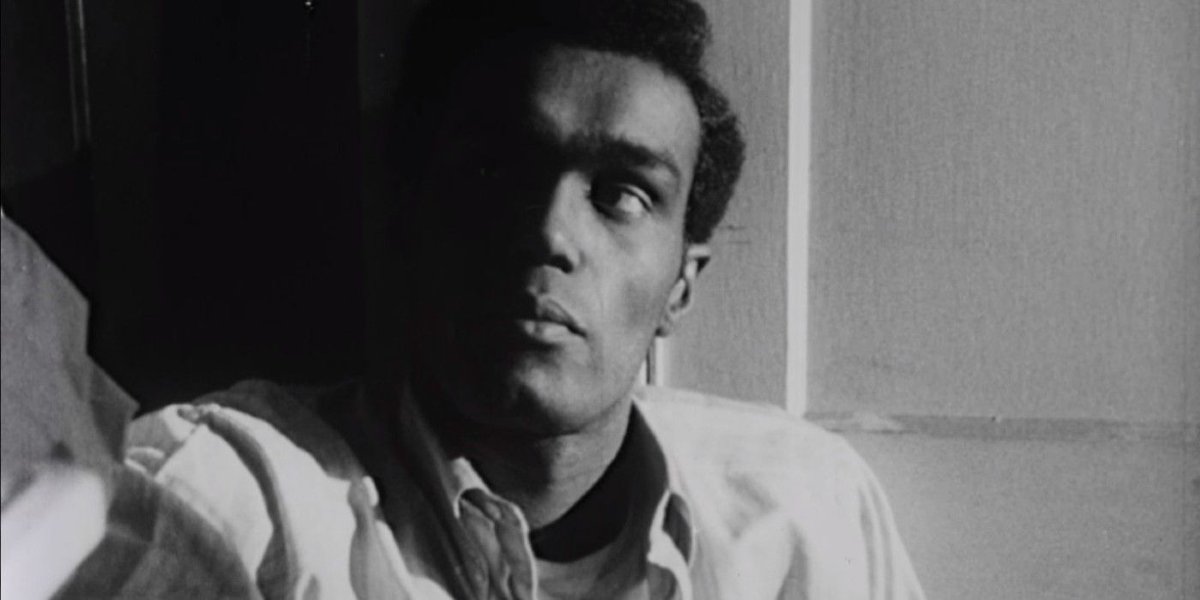
Duane Jones Convinced George A. Romero To Stick With Night Of The Living Dead’s Controversial Ending
Night of the Living Dead has one of the most unsettling and controversial endings of any horror movie, but it’s not because someone is getting ripped apart or anything else involving zombies. Instead, it shows Ben rising from the basement of the farmhouse after all the zombies have been killed only to be shot himself by a white sheriff’s deputy.
Initially, the producers and even George A. Romero himself suggested going with a lighter ending in which Ben survives until the end credits, but as actor Duane Jones said in “Night of the Living Dead: Behind the Scenes of the Most Terrifying Zombie Movie Ever” (via The Wrap) in 1987, it needed to happen:
I convinced George that the black community would rather see me dead than saved, after all that had gone on, in a corny and symbolically confusing way. Besides, the heroes never die in American movies. The jolt of that and the double jolt of the hero figure being black seemed like a double-barreled whammy.
The ending of Tom Savini’s 1990 remake of Night of the Living Dead deviated from the original with Ben (played by Candyman’s Tony Todd) turning into a zombie after being shot and killed by Harry Cooper (Tom Towles).
After all these years, Night of the Living Dead remains not only a classic in the eyes of horror hounds around the world but also movie lovers in general, thanks in part to the craftiness and ingenuity of George A. Romero and the cast and crew who dedicated so much time and energy to its creation. And, who knows, maybe one of the upcoming horror movies will have the same impact on audiences in the years to come. Until then, check out what 2021 movies are coming to a theater or streaming service near you.

Philip grew up in Louisiana (not New Orleans) before moving to St. Louis after graduating from Louisiana State University-Shreveport. When he's not writing about movies or television, Philip can be found being chased by his three kids, telling his dogs to stop barking at the mailman, or chatting about professional wrestling to his wife. Writing gigs with school newspapers, multiple daily newspapers, and other varied job experiences led him to this point where he actually gets to write about movies, shows, wrestling, and documentaries (which is a huge win in his eyes). If the stars properly align, he will talk about For Love Of The Game being the best baseball movie of all time.
